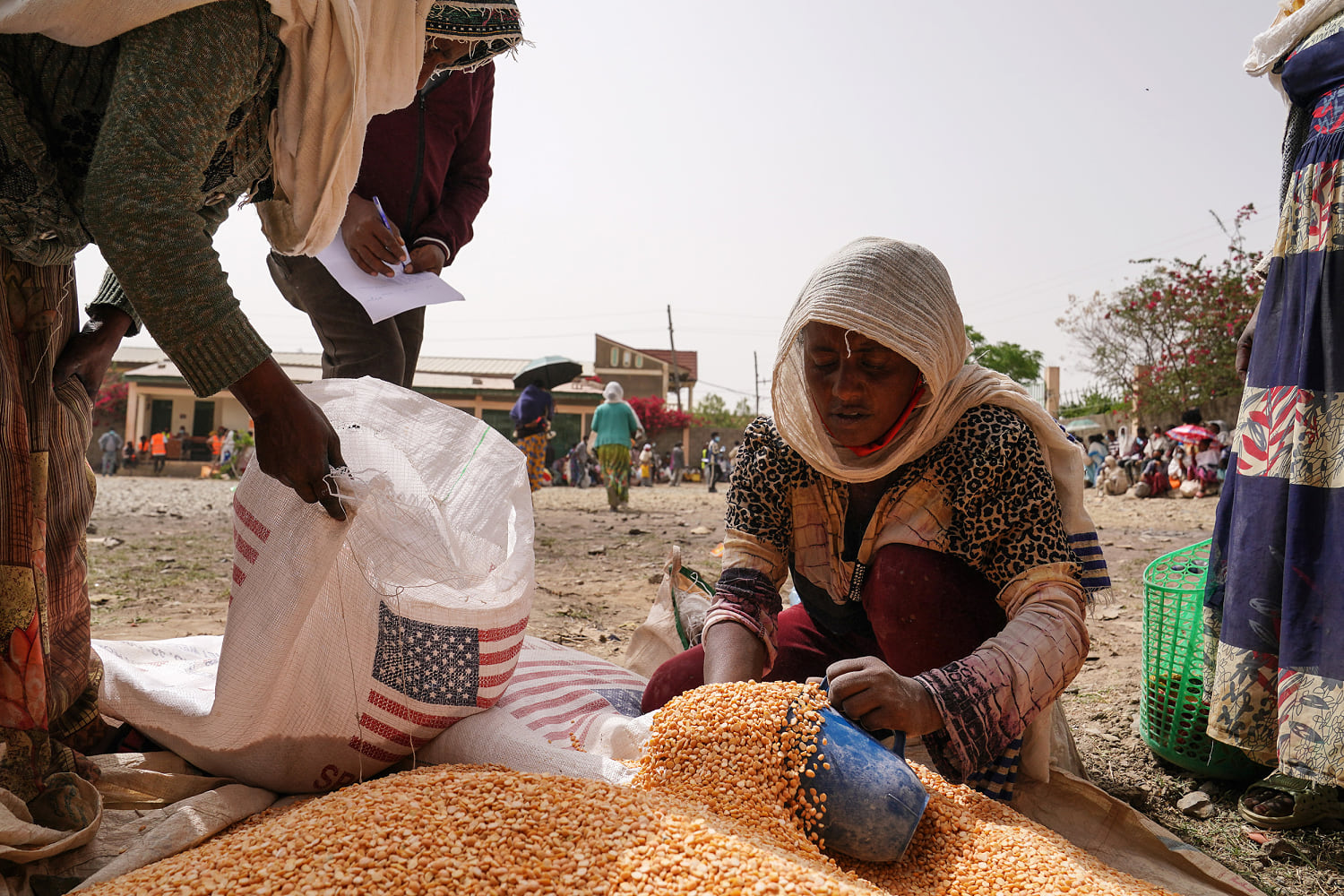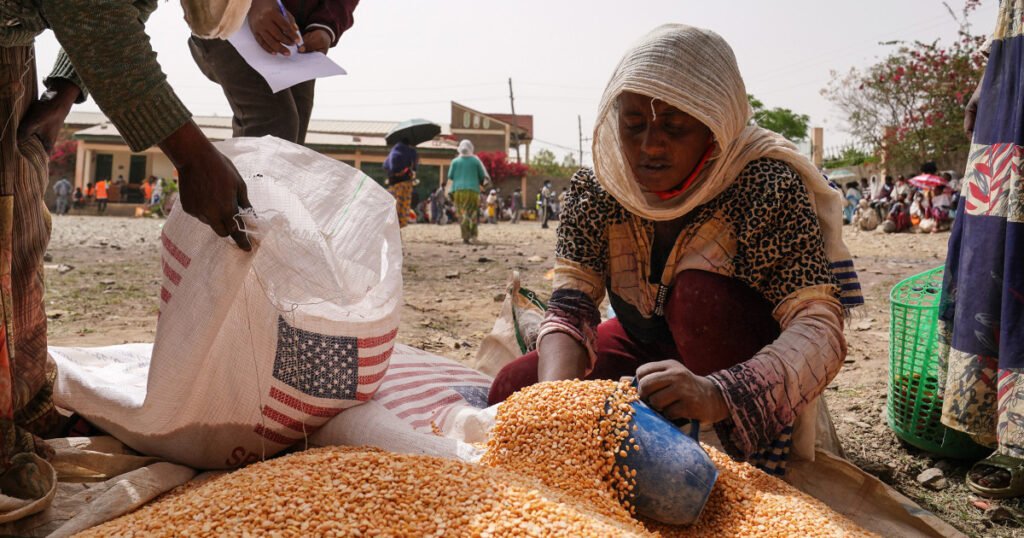USAID cuts could lead to 14 million deaths over the next five years, researchers say

More than 14 million people could die over the next five years because of the Trump administration’s dismantling of the U.S. Agency for International Development, according to an analysis published Monday in the medical journal The Lancet.
Researchers calculated the lifesaving benefits of USAID funding over a 21-year period, then used the data to determine how many lives would be lost without USAID funding in the future.
The analysis found that, from 2001 through 2021, USAID-funded programs prevented nearly 92 million deaths across 133 countries, including more than 25 million deaths from HIV/AIDS, around 11 million from diarrheal diseases, 8 million from malaria and nearly 5 million from tuberculosis.
Secretary of State Marco Rubio announced in March that he was canceling 83% of USAID’s programs, which he said did not serve “the core national interests of the United States,” and added that the State Department would absorb the roughly 1,000 remaining programs.
The action brought many overseas humanitarian efforts to a grinding halt, leading to the closings of food kitchens and health clinics in underserved countries and in some cases delaying or stopping the distribution of lifesaving medications, bed nets to ward off malaria, nutritional packets for starving children and chlorine tablets to disinfect dirty water.
The analysis, done by a team of international researchers from Spain, Brazil, Mozambique and the United States, estimated the impact of the 83% funding cuts, assuming they remain through 2030. Of the more than 14 million deaths forecast, around 4.5 million would be among children under 5, the authors found.
“The numbers are striking, but we are not the only group that did this kind of analysis,” said Davide Rasella, a research professor at the Barcelona Institute for Global Health, who coordinated the study. Other research groups, he said, “came up with similar magnitudes — millions and millions of deaths that will be caused by the defunding of USAID.”
A model from a Boston University researcher estimated that funding cuts for U.S. aid and support organizations are leading to 88 deaths per hour.
Before it was gutted, USAID was a key partner in overseas efforts to alleviate poverty and disease. It also supported the economic growth of low- and middle-income countries with the capacity to trade with the United States. The agency managed more than $35 billion last year, according to the Congressional Research Service.
Rubio said in March that the agency’s “gains were too few and the costs were too high,” though he promised to keep “essential lifesaving programs.” A lawsuit filed in February on behalf of government workers and foreign service employees is challenging the funding cuts in court, but the outcome remains uncertain.
The State Department did not respond to a request for comment.
A New York Times investigation found that, as of May 7, more than half of the remaining USAID programs were dedicated to crisis relief — assistance for people affected by disasters and conflicts. Some malaria, tuberculosis and HIV programs remain, as well.
Amira Albert Roess, a professor of global health and epidemiology at George Mason University, said the way the funding was terminated is partly responsible for the high number of predicted deaths.
“For better or for worse, some of the USAID-funded clinics in some areas, they were the main source of care,” she said. “If you wanted to reduce USAID funding, it could have been done in a more gradual manner, instead of this sudden — and really, in a lot of places, overnight — shuttering of clinics.”
The abrupt closings of HIV clinics, for instance, meant some people could not refill their medications, which can be life-threatening.
“If you miss a dose or multiple doses, as was the case with lots of individuals, that’s creating a situation where the individual can start to deteriorate fairly rapidly,” Roess said.
Rasella said the funding cuts are also having a ripple effect in European countries, which have similarly slashed their humanitarian aid budgets. “We are in a crisis now,” he said.
The United Nations Office for the Coordination of Humanitarian Affairs said this month that it is seeing “the deepest funding cuts ever to hit the international humanitarian sector.”
<
